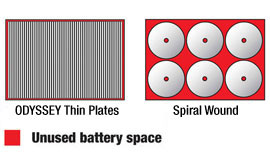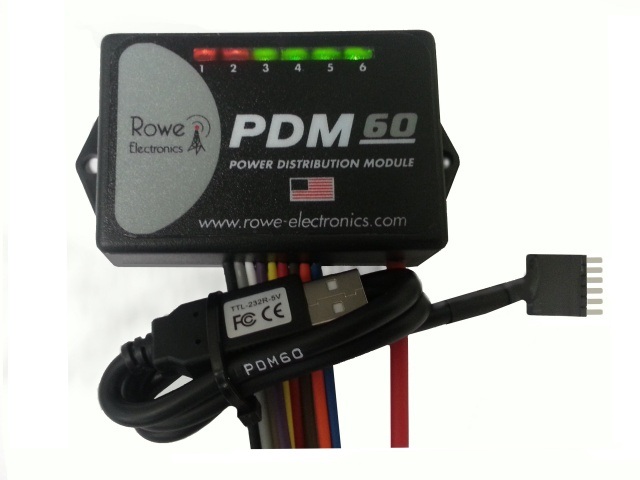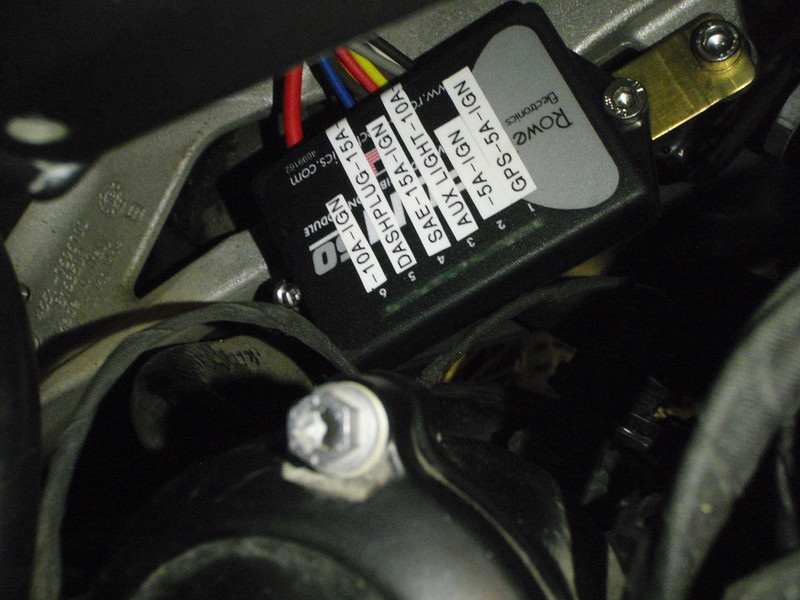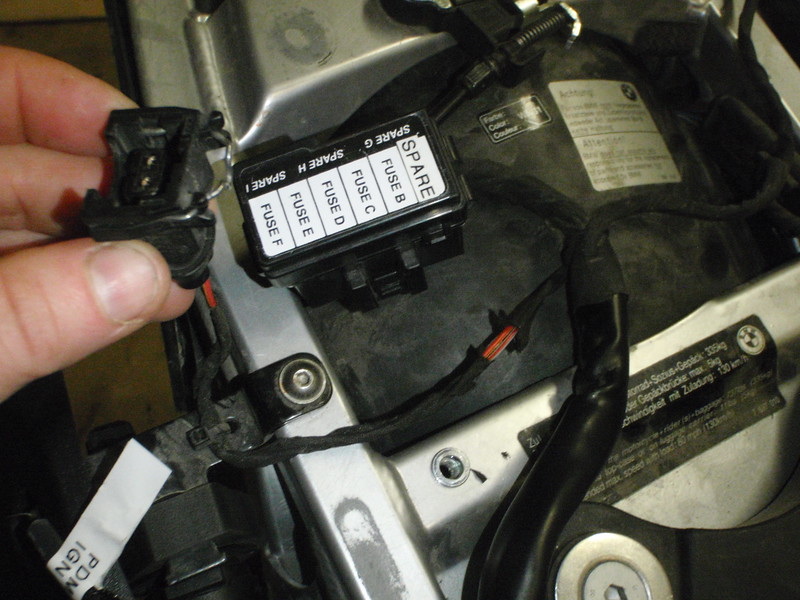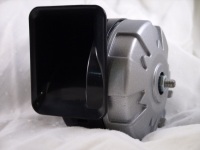As all good things, power is everything. The XCs slender weight was unfortunately achieved by having a smaller stater. I believe it is 240 Watts. Nonetheless, still need to think about how to run the GPS, the tap for the heated gear, and AUX plug. First order of business, was an Odyssey battery.
My experience with Odyssey batteries is that you don't trickle charge them. However, if you do completely discharge them you must use an Odyssey charger to recharge it. The batteries are incredibly robust to vibration, and I've had them start in very low temperatures and last longer than average powersport batteries. They are the no headache solution, if they have a size for your bike. Fortunately, you can squeeze a PC310 into the XC!
My experience with Odyssey batteries is that you don't trickle charge them. However, if you do completely discharge them you must use an Odyssey charger to recharge it. The batteries are incredibly robust to vibration, and I've had them start in very low temperatures and last longer than average powersport batteries. They are the no headache solution, if they have a size for your bike. Fortunately, you can squeeze a PC310 into the XC!
Since I need 4 or 5 taps on the power, I will need a fuze management system. While one could chose the Eager Beaver, Centrom or this 3 block system, I chose the solid state Rowe Electronics PDM 60. The main advantage to solid state is if you have an electrical spike, you don't 'pop' a fuze. Rather, it resets on it's own. It is also quite small (about the size of a credit card, 5 or 6 cards thick). The one thing I didn't plan for was having to find a common ground. However, it does deliver six power circuits configurable for 60 Amps total. The PDM60 is fully user programmable via the PDM60 dashboard software (set circuit triggering/switching methods, delay circuit activation/deactivation, and individual circuit amperage levels). This mod cost about $200.
Since my bike doesn't have ABS, I was able to use the mouting spot for the PDM. Since I won't need to change popped fuzes or worry about water intrusion, it as good as place as any.
You will need a wire that has power when the ignition is on for the PDM circuit triggering. I recommend uses the power on the plug for the charcoal canister which is under the rear of the seat.
When splicing into the OEM wiring looms, you should be careful not to create shorts, grounds or other electrical gremlins. Posi-Taps are an easy and waterproof way to tap the wire. Remember, the smaller the wire, the bigger the AWG. The wire above is probably a 20/22AWG if I recall correctly.
Last, but not least, the meep-meep horn was replaced. I replaced with a Stebel Magnum Horn (low tone). The Magnum Horn gives you a single note tone. The Low tone is rated at 136dB @ 410hz. I believe they are now out of production. I was able to use a small bit of scrap aluminum and mount it to the same location as stock.

